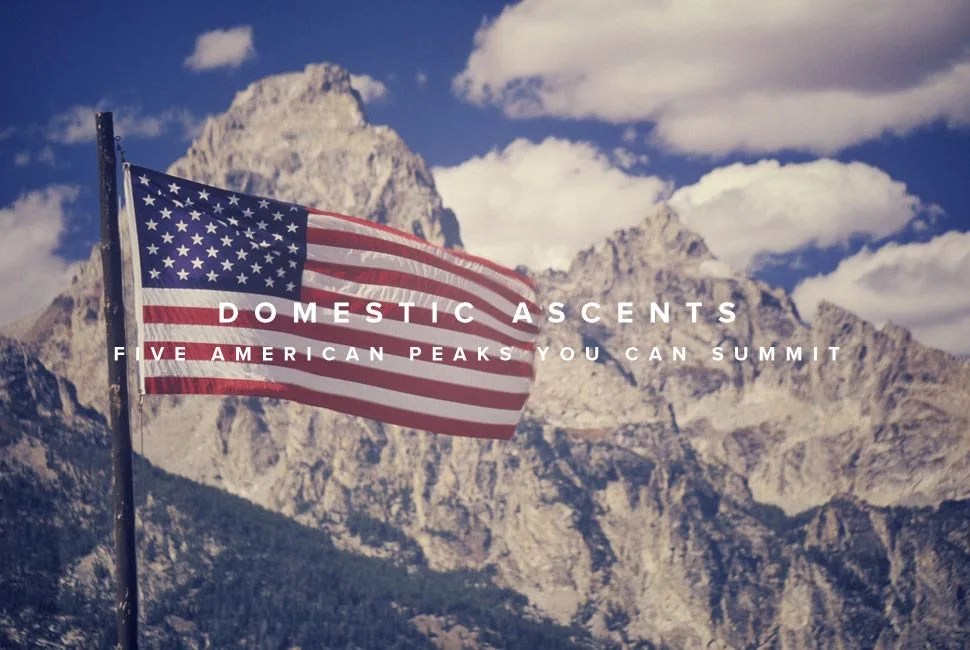Mountaineering can be an intimidating sport to get into: all that gear, the dizzying heights and tales of frostbite-blackened digits aren’t necessarily warm and fuzzy things. But if you have the urge to sample the rarified air up high, there are still some peaks that are accessible to the novice alpinist right here in the U.S.
Before you go, be sure you do your homework. Some peaks are best climbed at certain times of the year and require climbing permits; some routes are more suited to the beginner while others are technical. And finally, get in shape. Your three-times-a-week jog isn’t going to cut it. Once you’re actually ready, check (at least) one of these beauties off your list.
Editor’s Note: We’d be remiss if we didn’t also recommend Mount Rainier, the site of our own Jason Heaton’s recent climb.
GET ABOVE THE TREELINE: Kit: Climbing Ancient Art Tower in Moab, UT | Summiting Mt. Rainier | RocTrip China 2011
Mount Washington, New Hampshire (6,288’)
While it is only 6,288 feet high, Mount Washington boasts some of the worst weather in the country. Climbable as a long day hike, Washington can also be a stopover on a hut-to-hut traverse of the White Mountains Presidential Range. You’ll get a smug sense of satisfaction as you wave to the tourists taking the easy way up by car or cog railway.
